Starting your dance journey can feel overwhelming. You might worry about picking the wrong style, finding the right studio, or not having the right gear. These concerns can make it hard to take the first step. But don’t let that stop you from discovering the joy of dance!
Imagine moving to the rhythm, feeling confident, and expressing yourself through dance. Picture yourself learning new moves, making friends, and having fun. It’s all possible with the right guidance and a little practice. You just need a clear path to get started.
This blog shares everything you need to know about dance, from choosing the right style to finding the perfect studio. Whether you’re a beginner or looking to try something new, we’ve got you covered. Let’s dive in and get you ready to dance with confidence!
Table of Contents
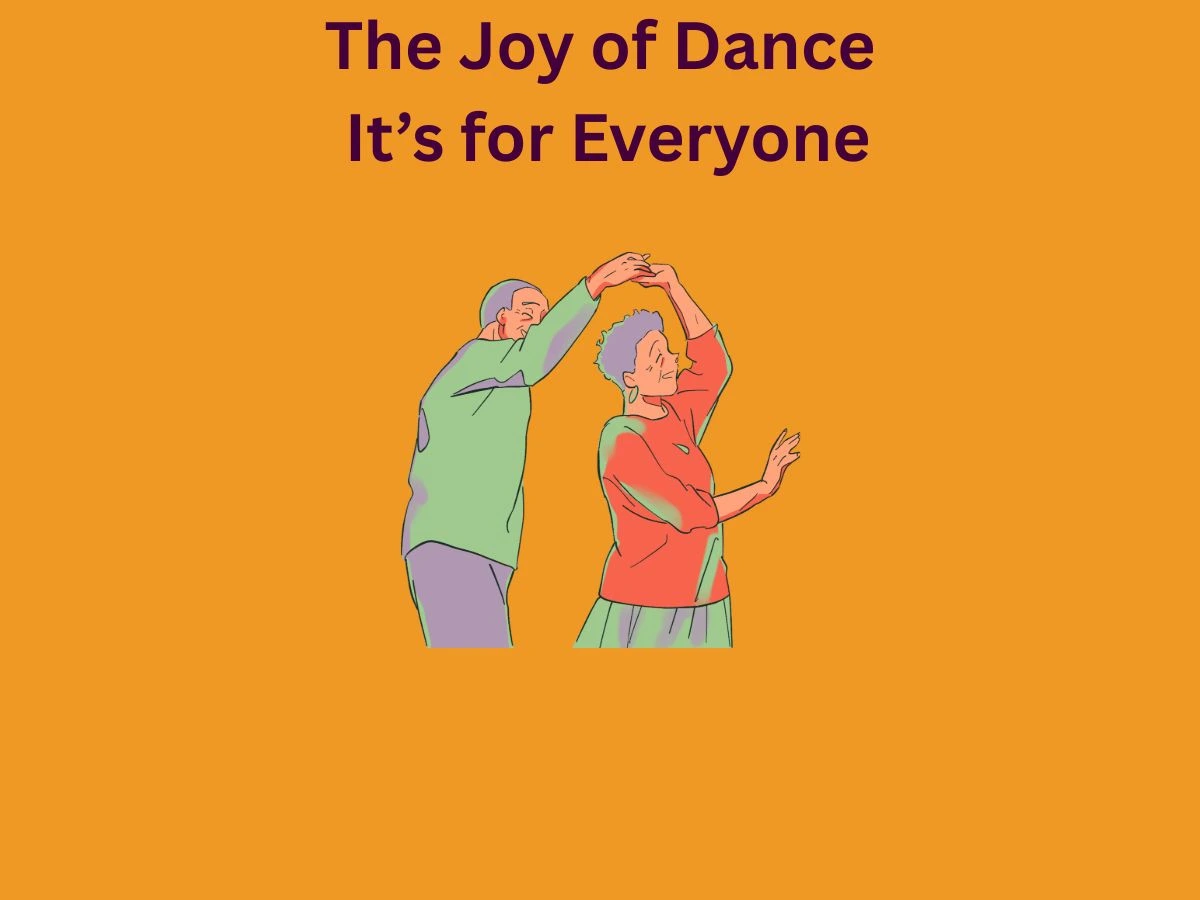
Discover the Joy of Dance: Why It’s for Everyone
Dancing is a universal activity that brings people together, no matter their age, background, or skill level. It’s a fun way to express yourself, stay active, and connect with others. Whether you’re moving to your favourite song at home or joining a class, dance offers a sense of freedom and joy that’s hard to match. It’s not about being perfect—it’s about having fun and enjoying the moment.
Dance is also a great way to improve your physical and mental health. It boosts your heart health, builds strength, and helps with flexibility. Plus, it’s a natural stress reliever, lifting your mood and reducing anxiety. Whether you’re dancing solo or with a group, it’s a chance to let go of worries and focus on the rhythm.
The best part? Dance is for everyone. You don’t need special skills or equipment to start. All you need is a willingness to move and a love for music. From kids to seniors, dance is a way to stay active, make friends, and discover new passions. So why not give it a try and see how it can brighten your day?
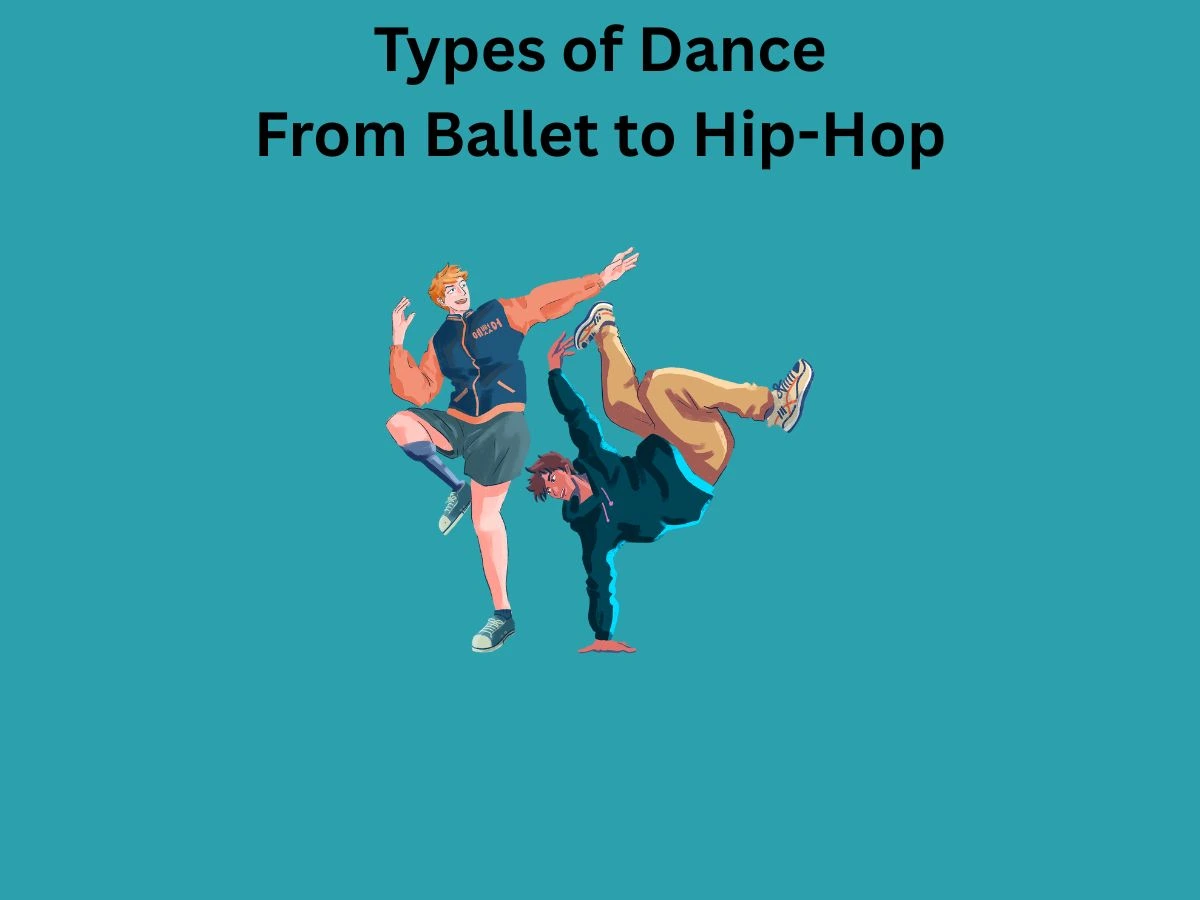
Types of Dance: From Ballet to Hip-Hop
There’s a dance style for everyone, whether you’re drawn to the elegance of ballet or the energy of hip-hop. Ballet focuses on precision and grace, helping build strength and flexibility. It’s perfect for those who love structure and want to improve their posture and balance. On the other hand, hip-hop is all about creativity and rhythm, with moves that let you express your personality and style.
If you’re looking for something social, ballroom and salsa are great choices. These styles involve partnering and are a fun way to meet new people. For a high-energy workout, try Zumba or dance cardio classes. These combine fitness with fun, making it easy to stay active while enjoying yourself. No matter your preference, there’s a dance style that fits your interests and goals.
Exploring different types of dance can help you find what you love. Each style offers unique benefits, from improving coordination to boosting confidence. Whether you’re dancing for fun, fitness, or performance, there’s a world of dance waiting for you to explore.
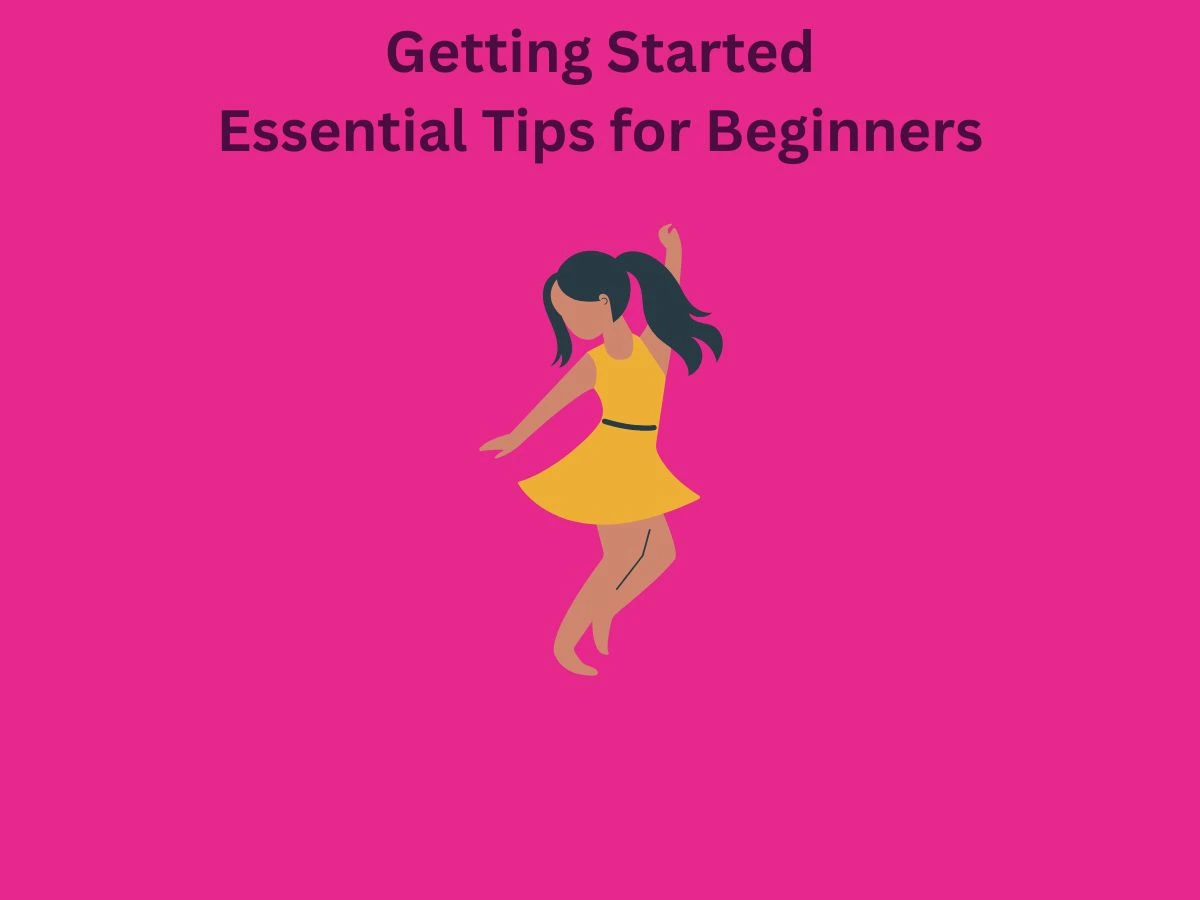
Getting Started: Essential Tips for Beginners
Starting your dance journey is easier than you think. First, choose a style that excites you—whether it’s ballet, hip-hop, or something in between. This will keep you motivated and make learning more enjoyable. Next, find a class or online tutorial that suits your level. Many studios offer beginner-friendly options, so you can start at your own pace.
Comfort is key when it comes to dancewear. Wear clothes that allow you to move freely and shoes that provide support. If you’re unsure about what to wear, ask your instructor for recommendations. Remember, it’s okay to make mistakes—every dancer starts somewhere. Focus on having fun and improving over time.
Finally, be patient with yourself. Learning new moves takes practice, but the rewards are worth it. Set small goals, like mastering a basic step or attending one class a week. Celebrate your progress, no matter how small. With time and dedication, you’ll build confidence and discover the joy of dancing.
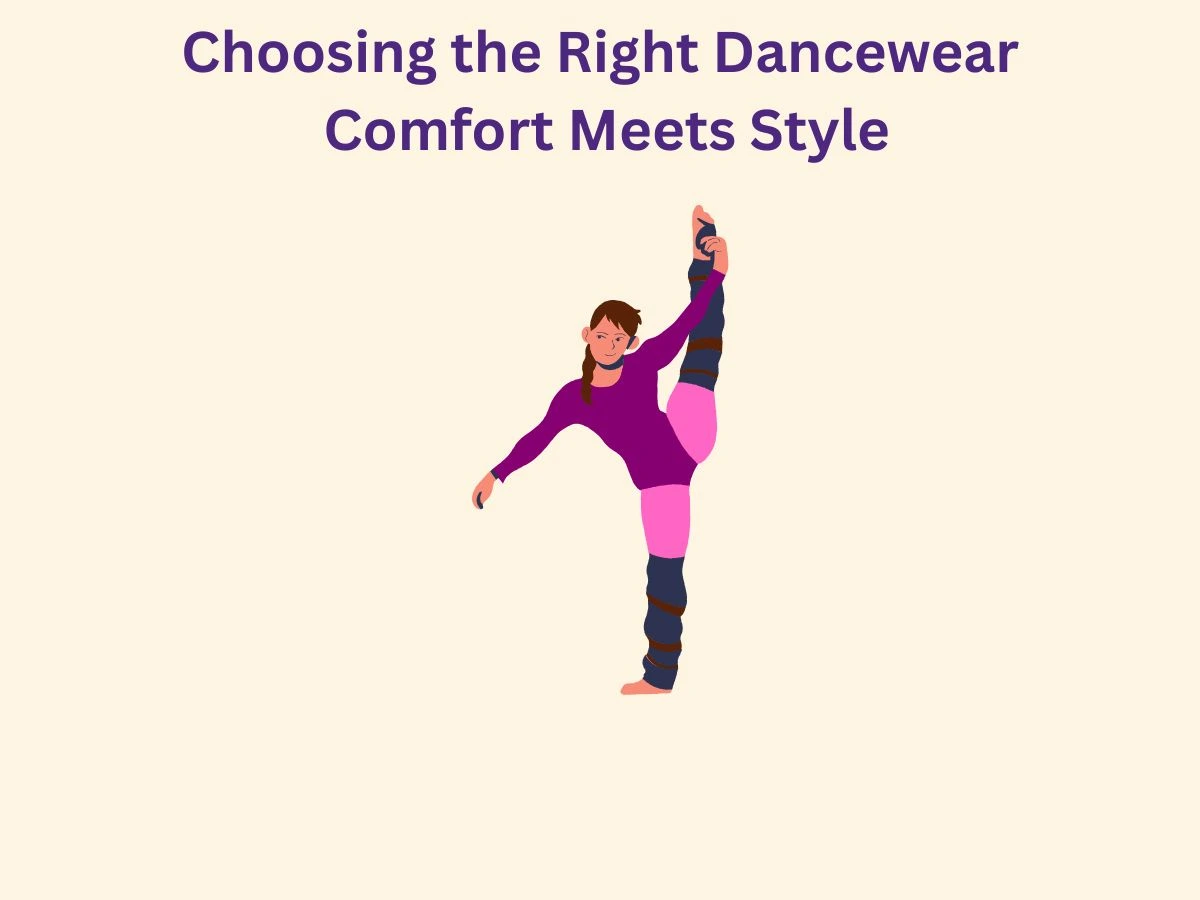
Choosing the Right Dancewear: Comfort Meets Style
Picking the right dancewear is essential for both comfort and performance. Look for fabrics like spandex and Lycra, which provide stretch and flexibility. These materials allow you to move freely without feeling restricted. Moisture-wicking fabrics are also important, as they keep you dry and comfortable during intense sessions. Whether you’re practicing or performing, the right dancewear can make a big difference in how you feel and move.
Fit is just as important as material. Dancewear should fit snugly but not be too tight. Loose clothing can get in the way, while tight clothing can limit your range of motion. Leotards, tights, and dance pants are popular choices that offer both comfort and style. Don’t forget to consider the dress code of your studio or class. Some may require specific colors or styles, so it’s always good to check beforehand.
Finally, choose dancewear that reflects your personality. Whether you prefer bold colors, classic black, or trendy patterns, your outfit should make you feel confident. With the right combination of comfort and style, you’ll be ready to dance your best.

Finding the Perfect Studio: What to Look For
When choosing a dance studio, location is a key factor. Look for a studio that’s easy to reach, whether by public transport or car. A convenient location makes it easier to attend classes regularly. The studio’s environment should also feel welcoming and supportive. A friendly atmosphere can make a big difference in your learning experience.
Consider the level of teaching offered. Some studios cater to beginners, while others focus on advanced dancers. Make sure the studio offers classes that match your skill level. It’s also important to check the qualifications of the instructors. Experienced teachers with a strong background in dance can provide better guidance and help you improve faster.
Lastly, think about the studio’s facilities. A good studio should have a spacious, well-maintained dance floor and proper equipment. Clean changing rooms and rest areas are also important for your comfort. Take the time to visit a few studios and see which one feels right for you. The perfect studio will help you grow as a dancer and make your experience enjoyable.
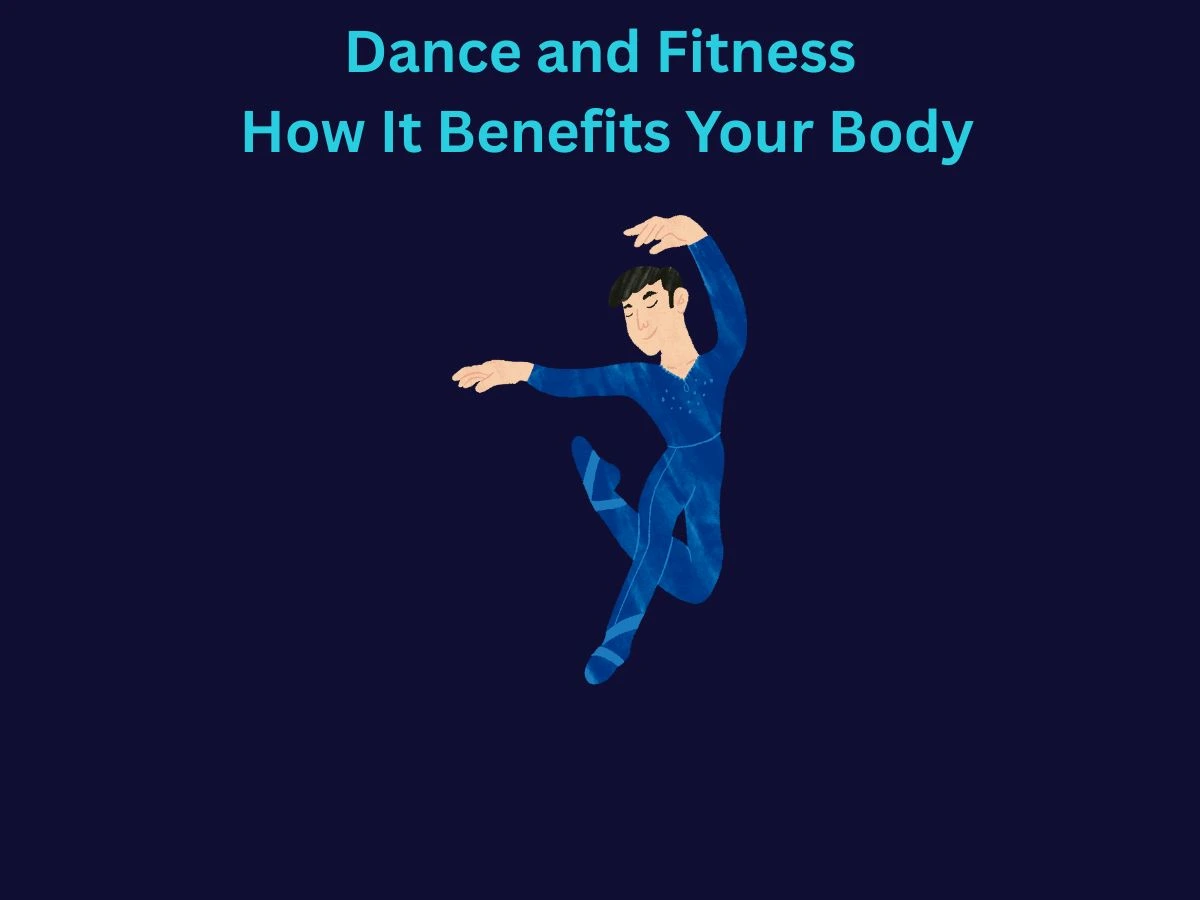
Dance and Fitness: How It Benefits Your Body
Dancing is a fantastic way to stay fit and healthy. It’s a full-body workout that improves cardiovascular health, builds strength, and enhances flexibility. Whether you’re doing ballet, hip-hop, or ballroom, dancing gets your heart pumping and your muscles working. It’s a fun alternative to traditional exercise routines.
One of the great things about dance is that it improves balance and coordination. Many dance styles require precise movements and control, which helps you develop better body awareness. This can be especially beneficial as you age, reducing the risk of falls and injuries. Dancing also strengthens your core, which supports good posture and prevents back pain.
In addition to physical benefits, dance is a great way to relieve stress and boost your mood. The combination of music and movement releases endorphins, making you feel happier and more relaxed. Whether you’re dancing in a class or at home, it’s a joyful way to stay active and take care of your body.
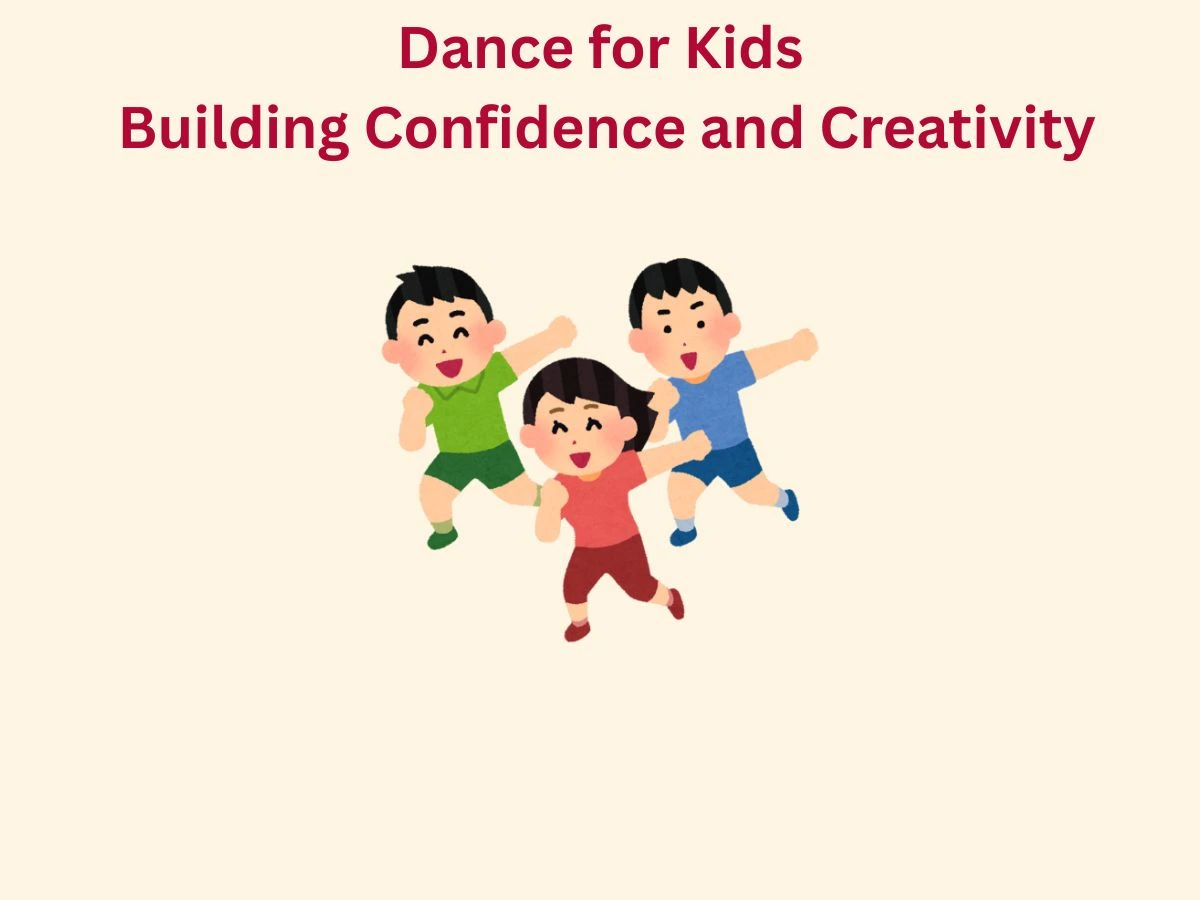
Dance for Kids: Building Confidence and Creativity
Dance is a powerful way for kids to build confidence and express their creativity. Through movement, children learn to communicate their emotions and ideas, which helps them develop a strong sense of self. Activities like storytelling and role play in dance classes encourage kids to use their imagination and explore new ways of thinking. This not only boosts their creativity but also helps them feel more confident in expressing themselves.
Physical development is another key benefit of dance for kids. Learning dance moves improves their motor skills, balance, and coordination. As they master new steps, they gain control over their bodies and feel a sense of accomplishment. This physical progress translates into greater self-esteem, especially when they receive positive feedback from teachers and peers.
Socially, dance classes provide a safe space for kids to interact and collaborate with others. Working as a team in group dances teaches them the value of cooperation and friendship. These experiences help children build resilience and social skills, preparing them for challenges both on and off the dance floor. Dance truly nurtures their confidence and creativity in a fun and supportive environment.
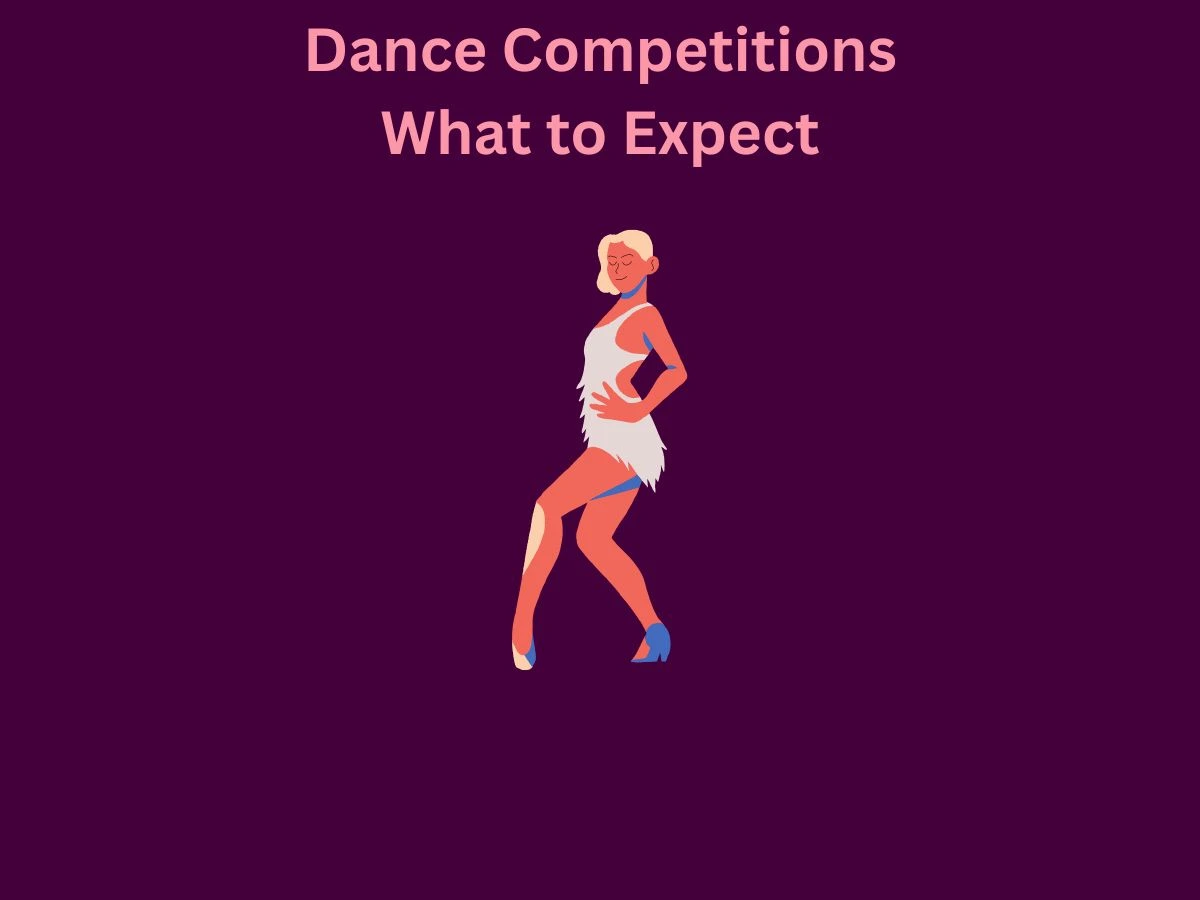
Dance Competitions: What to Expect
Dance competitions are exciting events where dancers of all ages and skill levels can showcase their talents. Events like The Great Big Dance Off and the Dance World Cup bring together participants from across the globe, offering a platform for both group and solo performances. These competitions celebrate creativity, teamwork, and dedication, making them a rewarding experience for everyone involved.
Preparation is key when entering a dance competition. Dancers spend weeks or even months perfecting their routines, focusing on timing, technique, and expression. On the day of the event, they perform in front of judges and an audience, which can be both thrilling and nerve-wracking. The supportive atmosphere of these competitions encourages participants to give their best and enjoy the experience, regardless of the outcome.
While competition can be intense, events like these emphasise fun and personal growth. Dancers learn to handle pressure, work as a team, and celebrate their achievements. Winning isn’t the only goal—participating in a dance competition helps dancers build confidence, make new friends, and improve their skills. It’s an opportunity to shine and be part of a vibrant dance community.
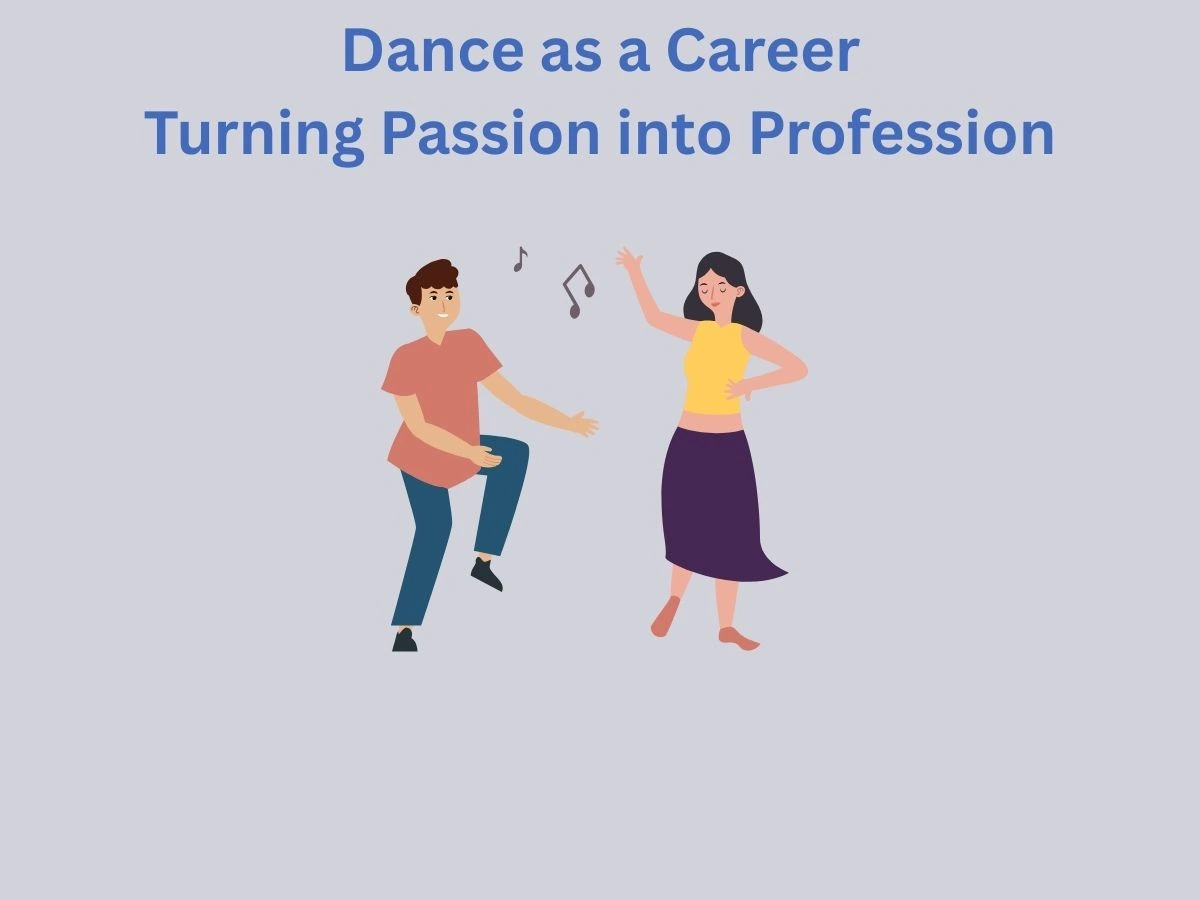
Dance as a Career: Turning Passion into Profession
Turning a passion for dance into a career is an exciting journey filled with opportunities. Professional dancers perform in theatres, on TV, and in films, showcasing their skills to audiences worldwide. Careers in dance also include teaching, choreography, and dance therapy, offering diverse paths for those who love the art form.
To pursue a career in dance, training and dedication are essential. Many dancers start young, attending dance schools or academies to hone their skills. Professional training programs focus on technique, performance, and artistry, preparing dancers for the demands of the industry. Networking and auditioning are also crucial steps in building a successful dance career.
While the dance industry can be competitive, it’s also incredibly rewarding. Dancers have the chance to express themselves creatively, inspire others, and make a living doing what they love. Whether performing on stage or teaching the next generation, a career in dance allows individuals to share their passion and make a lasting impact in the world of art.
Conclusion:
Now you’re ready to embrace the world of dance with open arms! Remember, the most important thing is to enjoy the process and have fun. Feel free to explore different styles, find a studio that feels like home, and express yourself through movement. Let these tips guide you as you discover the incredible joy that dance can bring to your life.
Don’t be afraid to step outside your comfort zone and try something new. The dance community is welcoming and supportive, so you’ll find plenty of encouragement along the way. Keep learning, keep growing, and most importantly, keep dancing!
If you have any further questions or need personalised guidance on your dance journey, don’t hesitate to reach out to me at info@nandismedia.com. I’m always happy to help you take your next step.
FAQs:
What’s the best dance style for beginners?
There’s no single best style, but many beginners start with styles like ballet, jazz, or hip-hop due to their basic steps and accessible classes.
How do I find a good dance teacher?
Look for instructors with experience, positive reviews, and a teaching style that matches your learning preferences.
What should I wear to my first dance class?
Wear comfortable clothing that allows you to move freely, such as leggings, a t-shirt, and appropriate dance shoes.
How much does it cost to take dance classes?
Costs vary, but expect to pay anywhere from $50 to $200 per month for weekly classes, depending on the studio and location.
Can I learn to dance online?
Yes, many online platforms offer dance tutorials and classes for various skill levels and styles.
What are the benefits of dance for adults?
Dance improves physical fitness, coordination, mental well-being, and provides a fun social outlet.
Is it too late to start dancing as an adult?
Absolutely not! Many adults start dancing later in life and find it to be a rewarding and enjoyable activity.
How can I improve my dance skills outside of class?
Practice regularly, stretch, watch dance performances, and listen to music relevant to your chosen style.
What’s the difference between a dance class and a dance workshop?
A class is typically a regular, ongoing session, while a workshop is a one-time or short-term intensive session.
How do I deal with stage fright before a dance performance?
Practice your routine thoroughly, visualise success, focus on your passion for dance, and remember to breathe deeply.